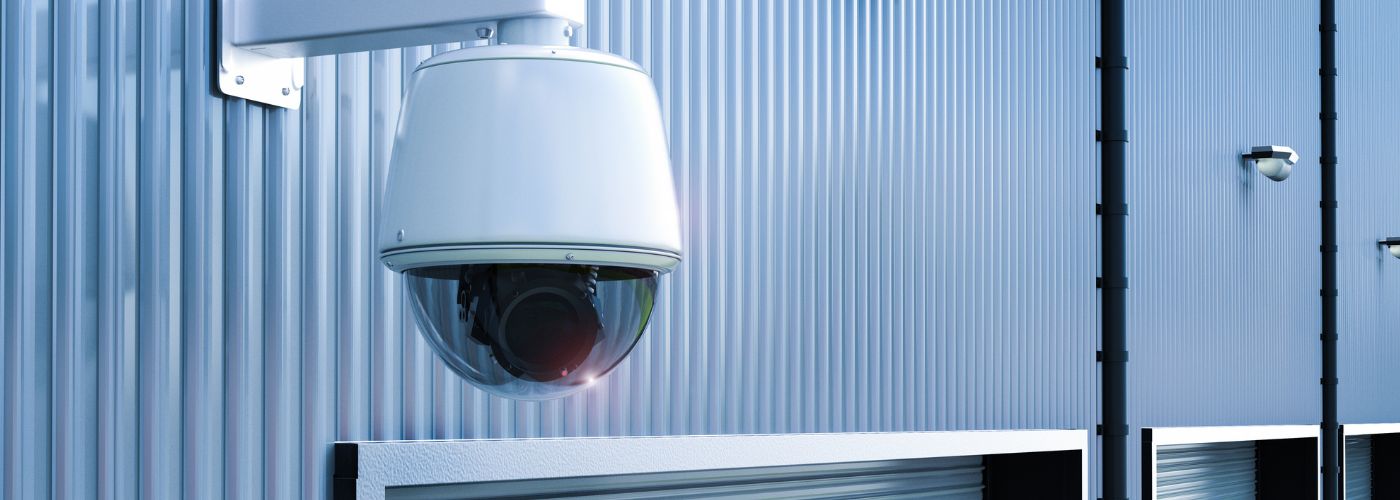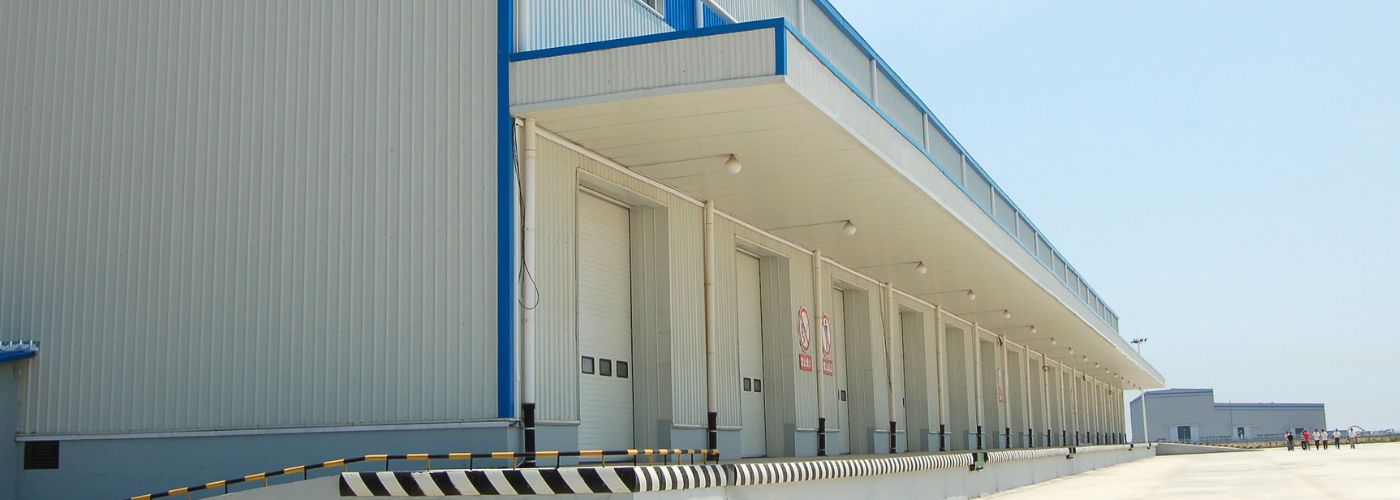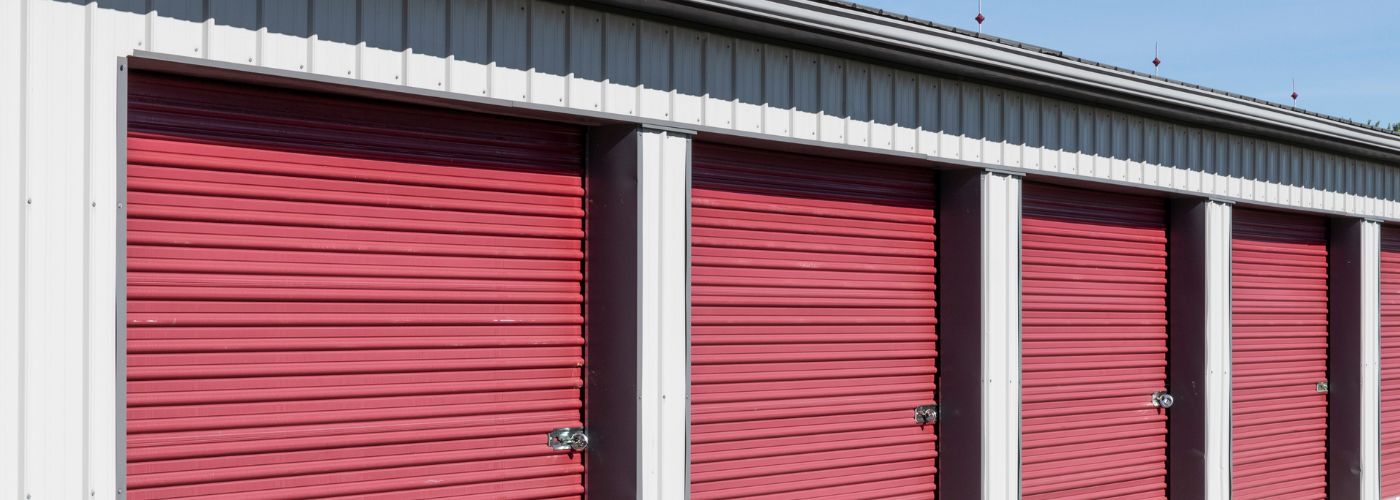Warehouses are vital hubs for storing and managing inventory, making their security a top priority. Whether you’re a warehouse owner, manager, or staff member, enhancing security measures is essential to safeguard assets and maintain a secure environment.
In this guide, we’ll explore the basics of warehouse security, offering practical tips on locking roll-up garage doors, ensuring proper lighting, and integrating effective security camera systems.
Basics To Warehouse Security
Warehouse security involves a combination of physical measures, technology, and procedural strategies to deter unauthorized access, prevent theft, and promote a safe working environment, either during installation, repair, or daily operation. Here are some fundamental aspects to consider:
Access Control: Limit access points to authorized personnel only. Implement secure entry systems, such as key card readers or biometric scanners, to control and monitor who enters the warehouse.
Employee Training: Educate warehouse staff on security protocols and the importance of vigilance. Encourage reporting of suspicious activities and conduct regular training sessions to refresh security awareness.
Inventory Management: Implement efficient inventory management systems to track and account for all items. Regular audits and inventory checks can help identify discrepancies and potential security issues.
Perimeter Security: Secure the warehouse perimeter with fencing, gates, and appropriate signage. Regularly inspect and maintain these physical barriers to ensure they remain effective.
Emergency Response Plans: Develop and communicate emergency response plans to address various scenarios, including theft, fire, or other security breaches. Ensure that employees are familiar with evacuation routes and emergency procedures.
How To Lock A Roll Up Garage Door
Roll-up garage doors are a common feature in warehouses, providing convenient access for loading and unloading. Properly securing these doors is crucial to prevent unauthorized entry. Here’s a step-by-step guide on how to effectively lock a roll-up garage door:
Install Quality Locks: Invest in high-quality locks specifically designed for roll-up doors. Heavy-duty padlocks or cylinder locks that resist tampering are excellent choices. Ensure your doors are in good condition and be aware of warning signs of a bad overhead door.
Securing Side Latches: Most roll-up doors have side latches that can be secured with a padlock. Ensure these latches are engaged and locked to prevent the door from being forced open.
Ground Anchors: Install ground anchors on either side of the roll-up door track. These anchors provide an additional layer of security by preventing the door from being lifted or pried open.
Regular Maintenance: Conduct regular maintenance checks on the door, its tracks, and locking mechanisms. Lubricate moving parts to ensure smooth operation and promptly address any issues.
Lighting: Illuminate the area around the roll-up door with bright lighting. Well-lit spaces act as a deterrent and make it more difficult for unauthorized individuals to attempt forced entry undetected.
How To Light A Warehouse
Proper lighting is a key element of warehouse security. Well-lit spaces not only deter potential intruders but also contribute to the safety of employees. Consider the following tips for effective use of loading dock lights:
Strategic Placement: Install lighting fixtures strategically to eliminate dark spots and shadowy areas. Focus on entry points, loading docks, and high-traffic areas.
Motion-Activated Lights: Incorporate motion-activated lights to conserve energy while providing immediate illumination when motion is detected. This feature is particularly useful for areas with sporadic activity.
Exterior Lighting: Illuminate the exterior of the warehouse, including parking lots and entry points. Adequate exterior lighting enhances visibility and acts as a deterrent to potential intruders.
Emergency Lighting: Install emergency lighting to ensure visibility in the event of power outages or emergencies. Emergency lights with battery backups can guide employees safely out of the warehouse during unexpected situations.
Regular Maintenance: Schedule routine maintenance to replace bulbs, repair damaged fixtures, and address any issues with the lighting system promptly. A well-maintained lighting system enhances overall security.
Warehouse Security Cameras
Security cameras play a crucial role in monitoring and deterring unauthorized activities within a warehouse.
Identify critical areas for camera placement, such as entry points, loading docks, and high-value storage areas. Ensure cameras cover both interior and exterior spaces. Invest in high-resolution cameras to capture clear and detailed footage. Modern IP cameras offer superior image quality and the ability to remotely access live feeds.
Choose security cameras with remote monitoring capabilities. This allows authorized personnel to view live footage or playback recordings from anywhere with an internet connection. Opt for cameras equipped with motion detection capabilities. Motion-activated cameras can alert security personnel to potential breaches and ensure that recording focuses on relevant events.
Implement a robust storage and retrieval system for recorded footage. Consider cloud storage options for added security and accessibility.
By implementing these fundamental measures, you can significantly enhance the security of your warehouse. From securing roll-up garage doors to optimizing lighting and deploying effective security camera systems, each step contributes to creating a safer and more secure environment for both assets and personnel.
Remember, a comprehensive approach to warehouse security combines physical, technological, and procedural elements to form a robust defense against potential threats!


